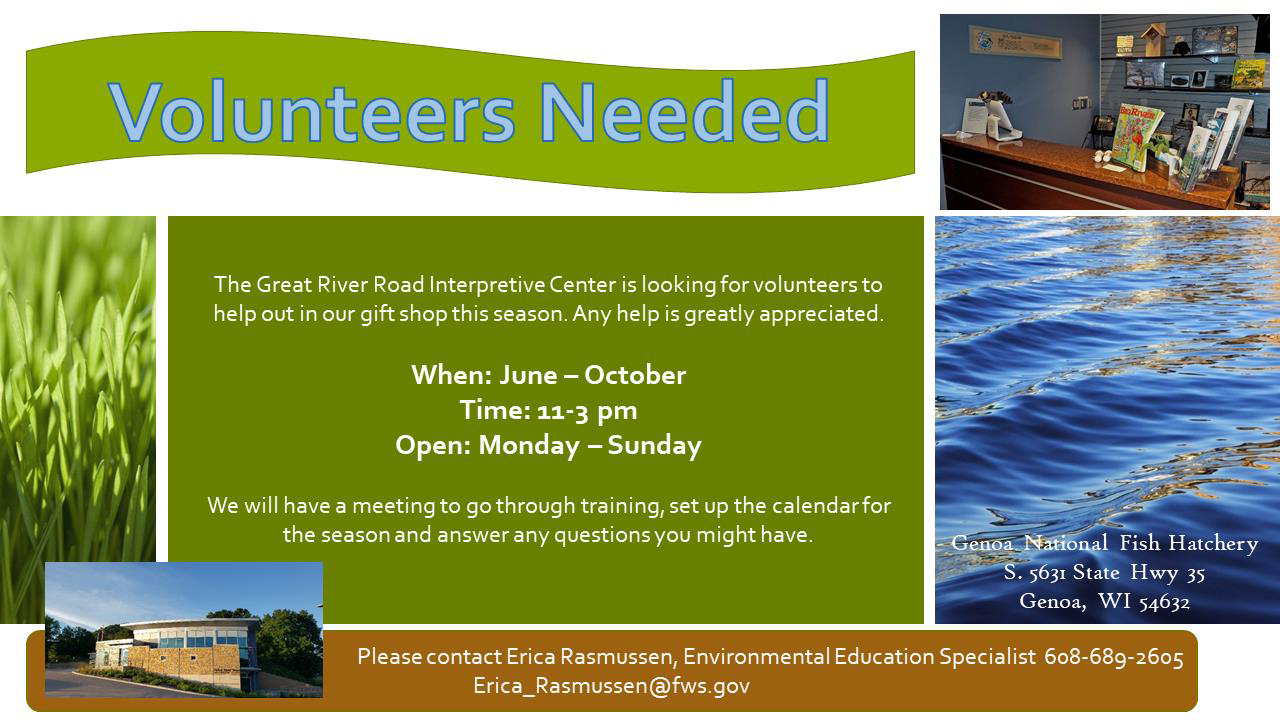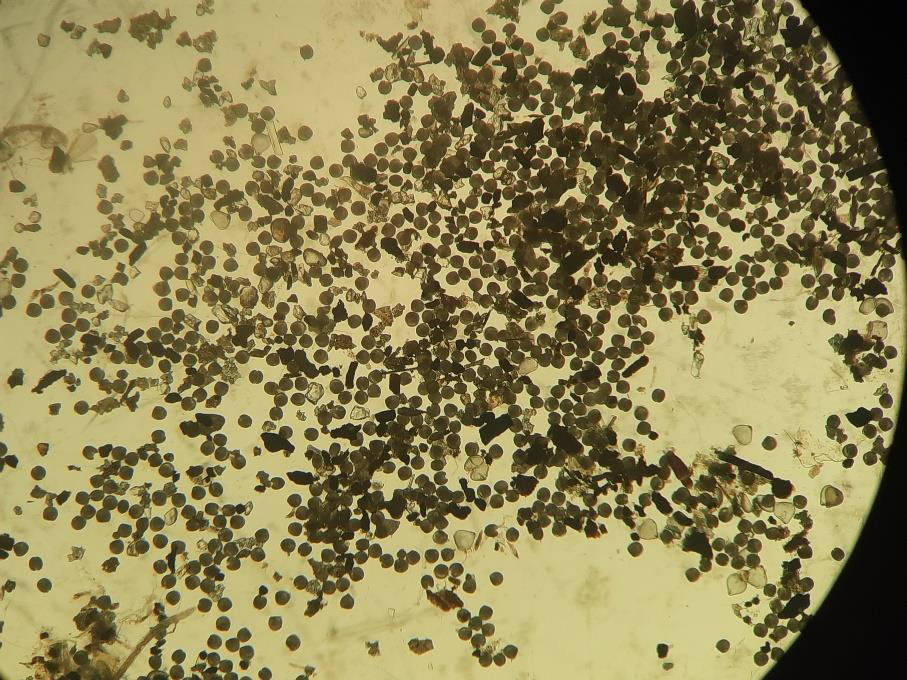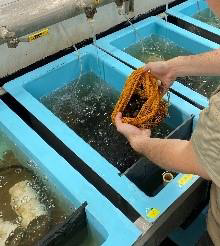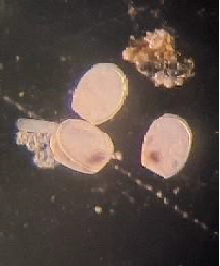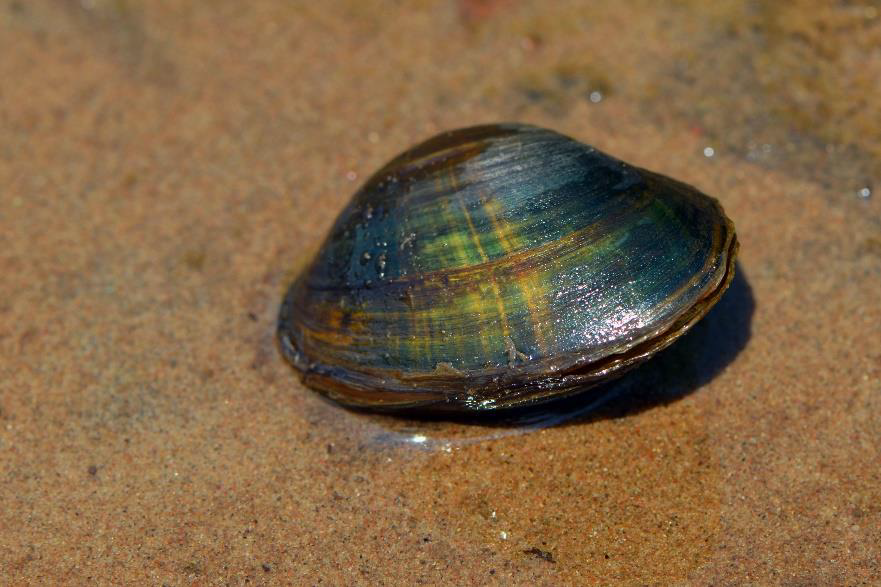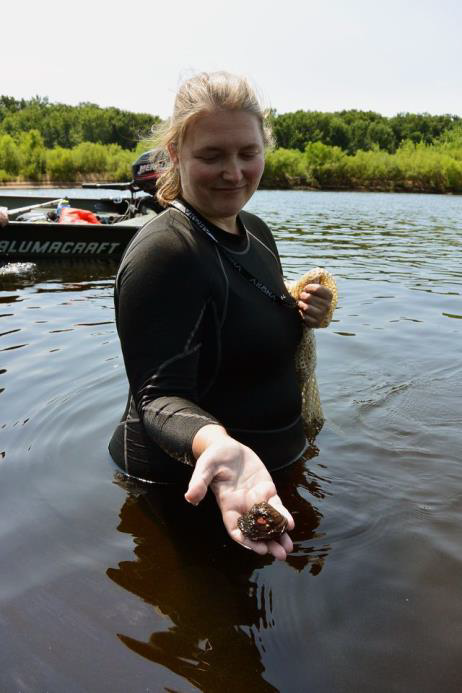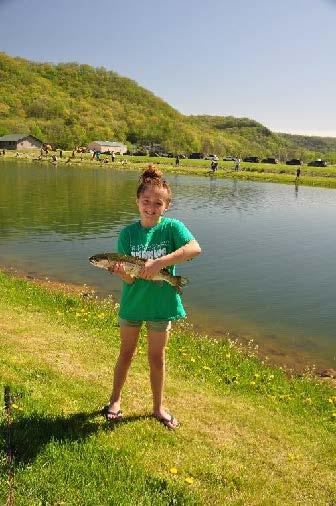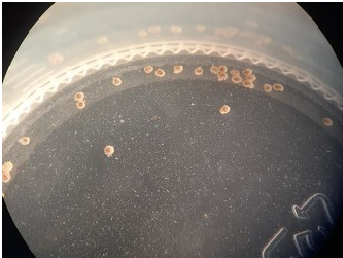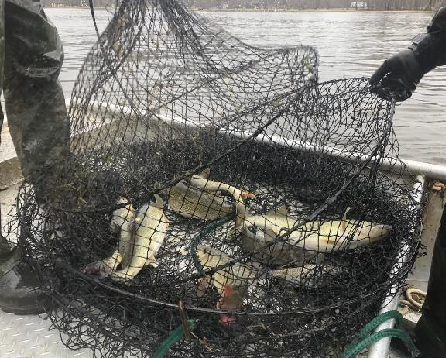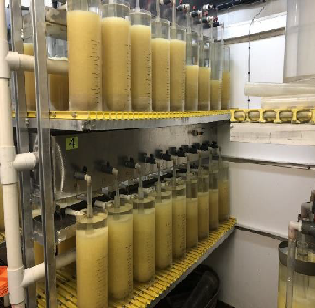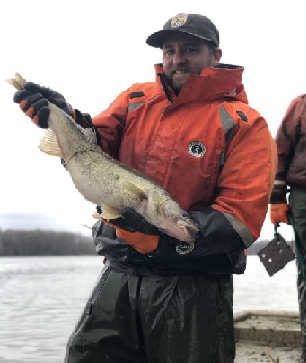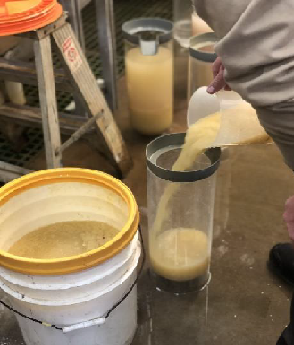Hatchery biologists joined partners from the Park Service the Minnesota-Wisconsin Ecological Services Field Office, U.S.G.S., and the University of Minnesota to search for displaying Winged Mapleleaf this year. Over the past 6 years we’ve experienced different patterns of flow and temperature across the fall and this year is different still, with very low water levels and persistent warm temperatures. The Winged Mapleleaf responded and have been active early, but the warmer temperatures seems to be acting to slow down their displays. We found the first female in full display in the shallows on Thursday 9/22, an exciting start. We’ll be out on the river every other day for another week or so to ensure we find enough females to infest all of our host fish. We have many plans for any mussel larvae, from collaborative projects with U.S.G.S., to producing juveniles for our own culture at the hatchery.
By: Megan Bradley
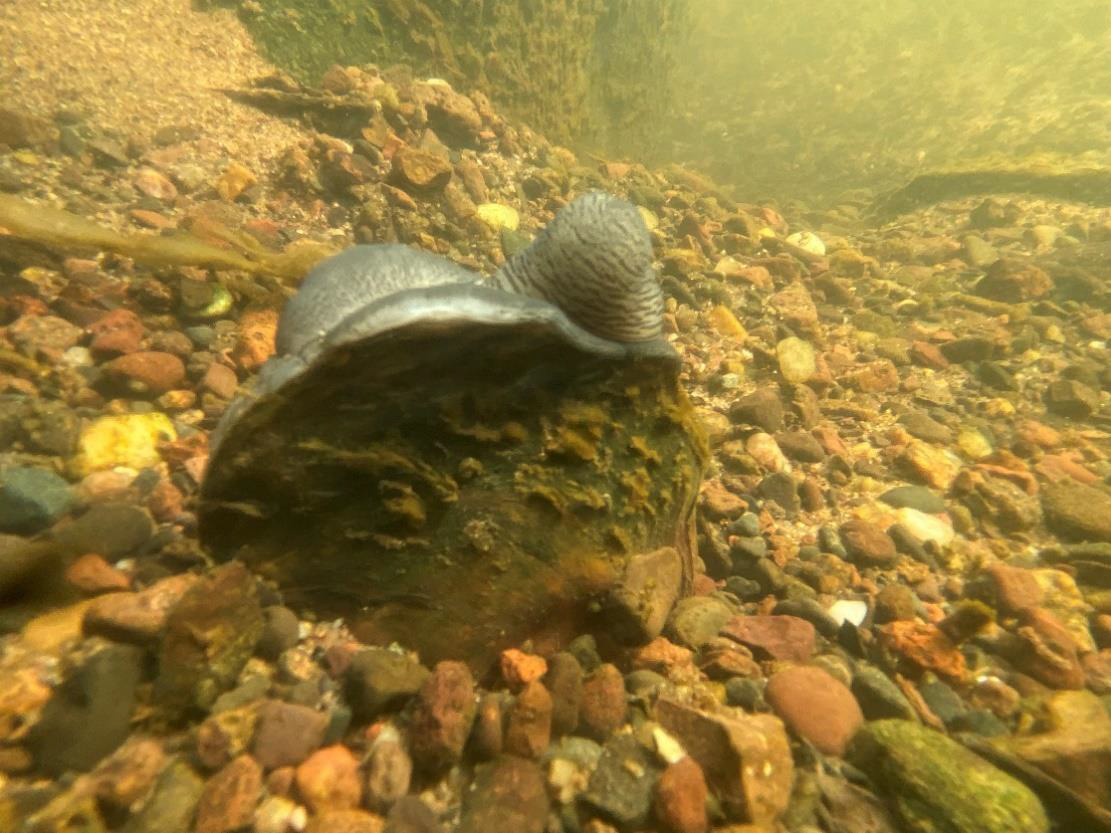
A Winged Mapleleaf in full display. She is ready to infest her host fish, the mantle magazine is the grey protuberance sitting at the center of the white to grey plate of inflated mantle that she will not pull back when disturbed. Her glochidia, or larvae have been released into her mantle cavity in preparation for a fish mouthing at the magazine. If none arrives they’ll be ejected into the river after a day or so and she’ll burrow back down into the river bottom. Photo Credit: Megan Bradley/USFWS.

